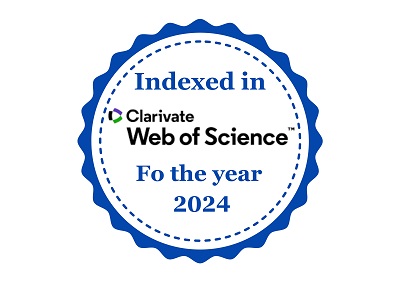A Real Time Design And Implementation Of Walking Quadruped Robot For Smart Environmental Monitoring
DOI:
https://doi.org/10.61808/jsrt247Keywords:
Arduino Nano microcontroller, Environment, DHT11, walking algorithms, BluetoothAbstract
Environmental monitoring is crucial for understanding ecological changes, detecting hazards, and supporting
informed decision-making. Traditional methods often rely on fixed sensor stations or manual data collection, which
are limited in mobility and scalability. This project presents the real-time design and implementation of a walking
quadruped robot equipped with environmental sensors to autonomously monitor temperature, humidity, and other
physical conditions. The robot is built on a lightweight, mobile chassis driven by servo motors and controlled using an
Arduino Nano microcontroller. It incorporates sensors such as DHT11 for temperature and humidity, a fluid level
sensor, and a mini diaphragm pump for environmental sampling. The robot can transmit data wirelessly via
Bluetooth and is powered by a portable battery system. Advanced walking algorithms ensure stability on flat
surfaces, and the modular design allows for easy customization of sensing components. The system demonstrates a
low-cost, scalable solution for automated environmental surveillance, particularly useful in remote or hazardous
areas where human access is limited.











